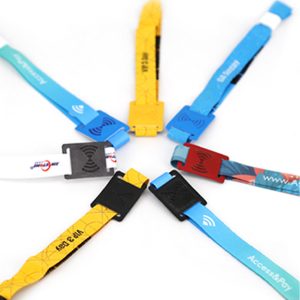
RFID Wristbands for marketing
RFID wristbands are used in marketing. They are a great way to increase your brand awareness, increase attendance at events, or even just track where your customers move throughout the day. The best part about these bands is that they can be customized with your logo and colors, ensuring that your brand will stand out above the rest! What are the types of RFID Wristbands? RFID wristbands are used for marketing and more. RFID wristbands can be used to track,








